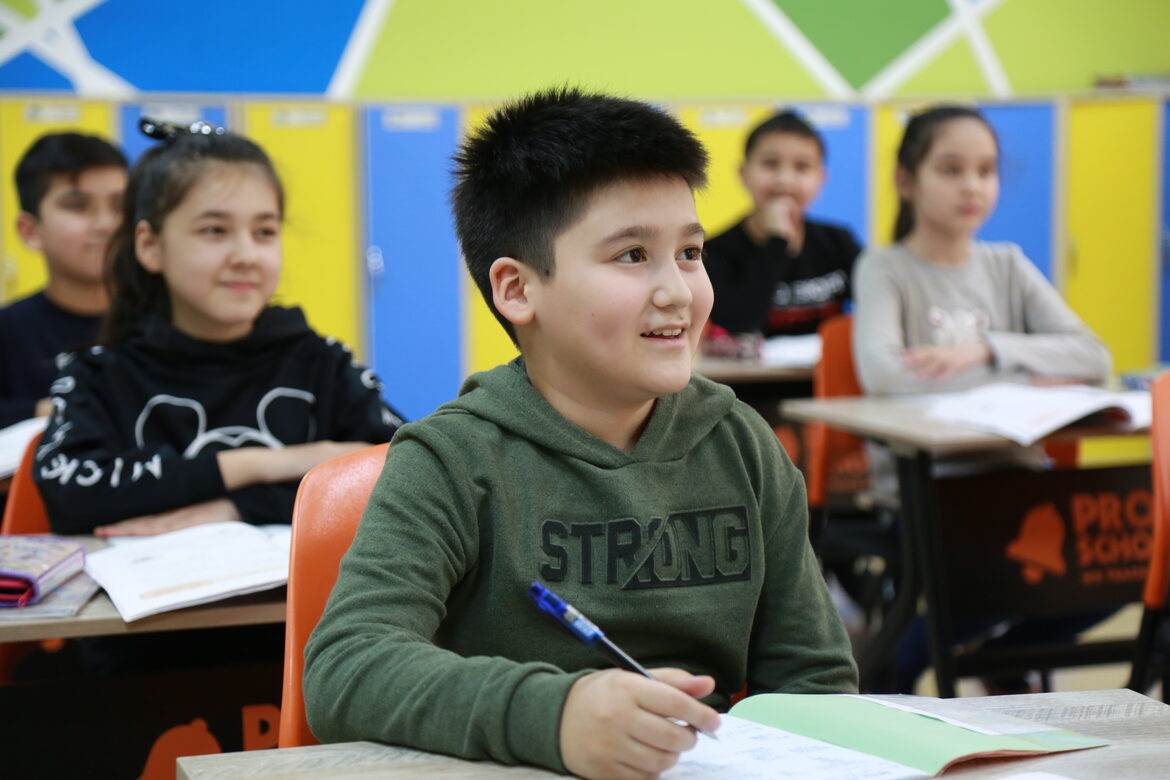
Concrete Action Steps to Reduce Their Stress Levels
The supplies are purchased. New clothes ordered. Excitement is in the air...or is it? Perhaps the energy you are feeling from your child or children is worry or anxiousness associated with living with the pandemic, a new teacher, classroom, or bus routine.
According to the Anxiety and Depression Association of America, approximately 12% of children suffer from anxiety disorders. Unfortunately, anxiety only increases with age. Mental Health America states that 32% of children between 13-18 have an anxiety disorder.
How do you quell the nervousness they might feel? First, recognize a certain level of concern by them is normal. Next, consider the following steps.
What is Back-to-School Anxiety and Why Does it Matter?
Anticipatory anxiety is common among children who have anxiety disorders. Individuals with this diagnosed disorder can start worrying weeks before the first day of school. On top of typical angst, these children are concerned about making new friends, finding a place to sit at lunch, and meeting the academic demands placed on themselves or by their parents.
For more information about anxiety disorders that may be triggered by returning to school, please check out Mental Health America’s informational sheet.
Why is it important to address anxiety? Because if you can identify it, you can work with your child on a plan to reduce it.
How to Tackle Back to School Anxiety
Here are eight valuable tips as cited by Young Minds, Psycom, and Mental Health America that you can implement today:
- Plan to do something exciting and fun one day a week or on the weekends.
Prearranged activities that your children want to partake in can give them something to look forward to, thus providing them positive energy throughout the week.
- During dinner, establish a family conversation time.
If necessary, ask that all electronics be turned off, so you can have a mindful discussion. Here are five icebreakers:- What was the (silliest, best, most difficult) part of your day?
- What was the most interesting fact you learned today?
- Did anyone say anything kind to you? What was it?
- Did anyone say something mean? Was it directed at you?
- Who was the last person you talked to at school? What did you talk about?
- Teach them about breathing techniques and practice with them.
One easy way is to remind them to take a breath through the nose (count 1,2,3,4), hold four counts, and let out through the mouth (1,2,3,4). In addition, Mindful.org offers a three-minute meditation designed to reduce anxiety.
- When your child brings their worry to the surface by verbalizing their concern or repeating a question several times, you want to give them positive counter thoughts.
For example, if they say, “I’m worried I won’t be able to keep up with my studies.” You can say, “If you don’t understand something or feel you are falling behind, please ask your teacher for help.”
- Allot time for daily exercise.
Thirty minutes before or after dinner is plenty of time for a neighborhood walk, bike ride, or yoga session.
- Focus on nutrition.
According to Psycom, the eight foods that help with anxiety and stress are:- Asparagus
- Avocado
- Blueberries
- Turkey
- Almonds
- Yogurt
- Spinach
- Salmon
Choose one night a week. You can prepare a dish together that incorporates one or more of the foods listed above.
- Make sure your child drinks plenty of water.
Dehydration can trigger exhaustion and anxious feelings.
- Strive for them to get at least eight hours of sleep per night.




